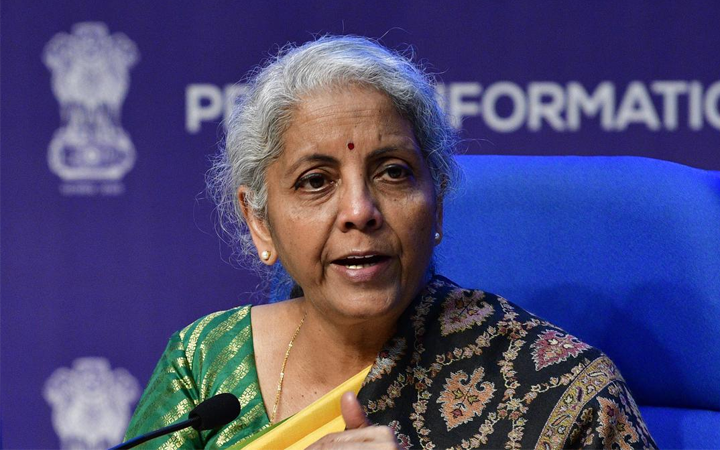The Union Budget 2024 solidifies the government’s preference for the New Tax Regime over the old one, as evidenced by a range of initiatives aimed at making it more appealing to taxpayers.
The government’s inclination towards the New Tax Regime became clear last year when the income threshold for eligibility for a rebate under Section 87A was increased from ₹5 lakh to ₹7 lakh. Additionally, the tax rebate was raised from ₹12,500 to ₹25,000 for those choosing the New Tax Regime. A specific provision for marginal relief was also introduced for cases where the taxable income exceeded the threshold limit under the New Tax Regime. In Budget 2024, the finance minister proposed further amendments to enhance the attractiveness of the New Tax Regime—let’s explore these proposals.
Higher Standard Deduction for Salaried Employees
“Salaried and retired persons are allowed a fixed standard deduction of ₹50,000 against their taxable salary and pensions under both tax regimes.” However, the finance minister has now proposed a higher standard deduction of ₹75,000 against your salary or pension income if you opt for the New Tax Regime. For those choosing the Old Tax Regime, the standard deduction remains at ₹50,000.
Increased Deduction for Employer’s Contribution to NPS (National Pension System)
Currently, the employer’s contribution to your NPS account is first added to your income and then allowed as a deduction under Section 80CCD(2) in both tax regimes. Central Government employees can claim a deduction for the employer’s contribution to their NPS account up to 14% of their salary. For others, the maximum deduction is limited to 10% of the salary. To make the New Tax Regime more appealing for salaried employees, the government has proposed raising the limit of employer contributions to 14% of the salary for all employees.
“Please note that though the finance minister has proposed to raise the percentage limit in respect of the employer’s contribution towards your NPS account, the overall limit of ₹7.50 lakh has not been changed.” Beyond this limit, the employer’s contributions to your NPS, Provident Fund, and superannuation combined will be taxed.
Enhanced Deduction for Family Pension
Currently, you can claim a deduction equal to one-third of the family pension received, subject to a maximum of ₹15,000 as a standard deduction. This has been increased to a maximum of ₹25,000 provided you opt for the New Tax Regime. However, it is unlikely this will significantly impact one’s choice between the Old and New Tax Regime.
Revised Rates and Slabs
The finance minister has proposed adjustments to the tax slabs and rates for the New Tax Regime starting this financial year.
Present Income Slabs and Rates:
1. ₹0 to 3 Lakhs – 0%
2. ₹3 to 6 Lakhs – 5%
3. ₹6 to 7 Lakhs – 10%
4. ₹7 to 9 Lakhs – 10%
5. ₹9 to 10 Lakhs – 15%
6. ₹10 to 12 Lakhs – 15%
7. ₹12 to 15 Lakhs – 20%
8. Over ₹15 Lakhs – 30%
Proposed Slabs and Rates:
1. ₹0 to 3 Lakhs – 0%
2. ₹3 to 6 Lakhs – 5%
3. ₹6 to 7 Lakhs – 5%
4. ₹7 to 9 Lakhs – 10%
5. ₹9 to 10 Lakhs – 10%
6. ₹10 to 12 Lakhs – 15%
7. ₹12 to 15 Lakhs – 20%
8. Over ₹15 Lakhs – 30%
It is evident that the government is keen to persuade the salaried class to opt for the New Tax Regime. The revised regime is particularly attractive for those in lower tax brackets who might not have the means to invest and qualify for various investment-based deductions. However, given the benefits and deductions one must forgo under the New Tax Regime—such as the House Rent Allowance, Leave Travel Concession, deductions under Section 80C and 80D, and tax benefits for home loans—the old tax regime might still be more beneficial for many, especially younger individuals living in rented accommodations or servicing a home loan.
Stay informed and make the best financial decisions for your future. Consult with a tax advisor to understand which tax regime suits your financial situation best.

